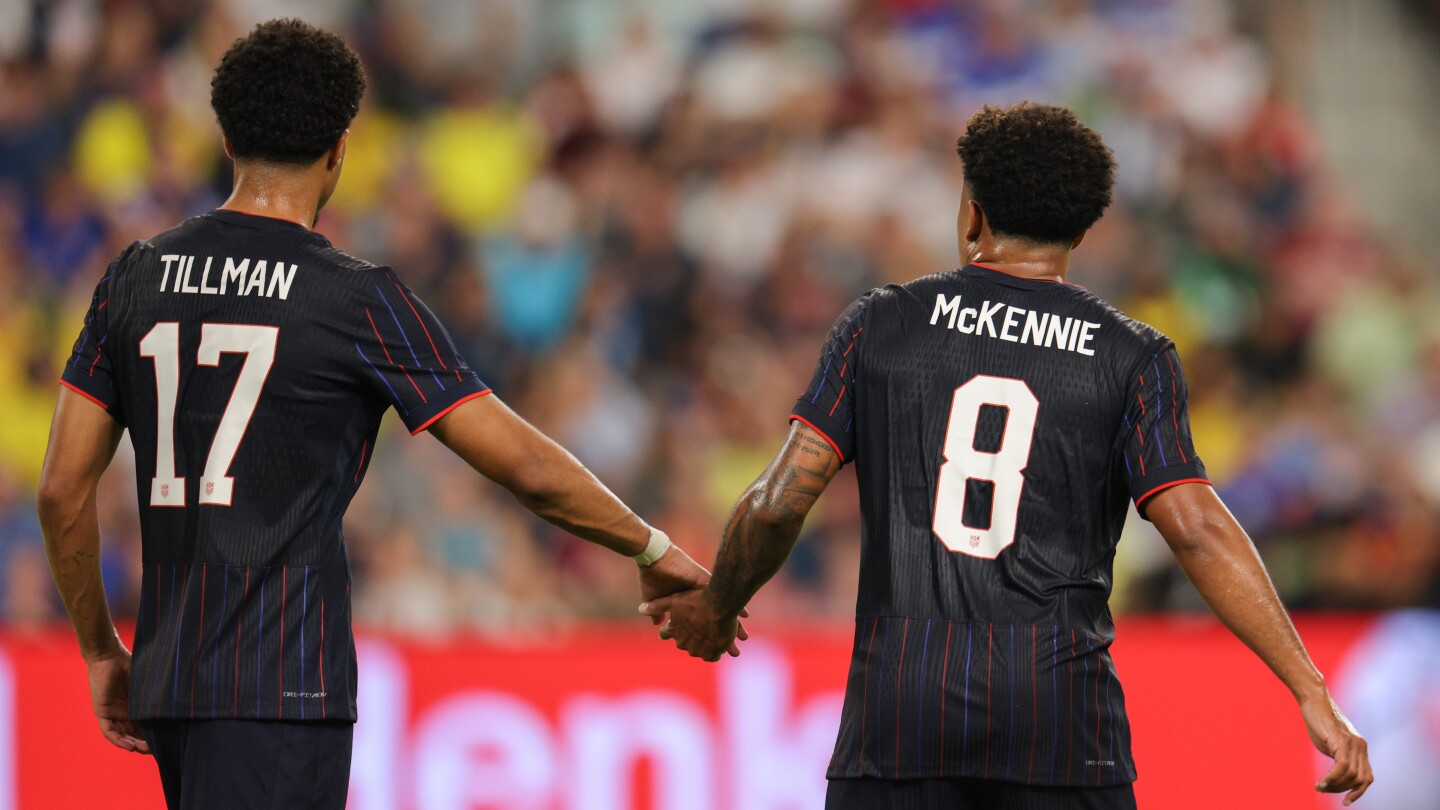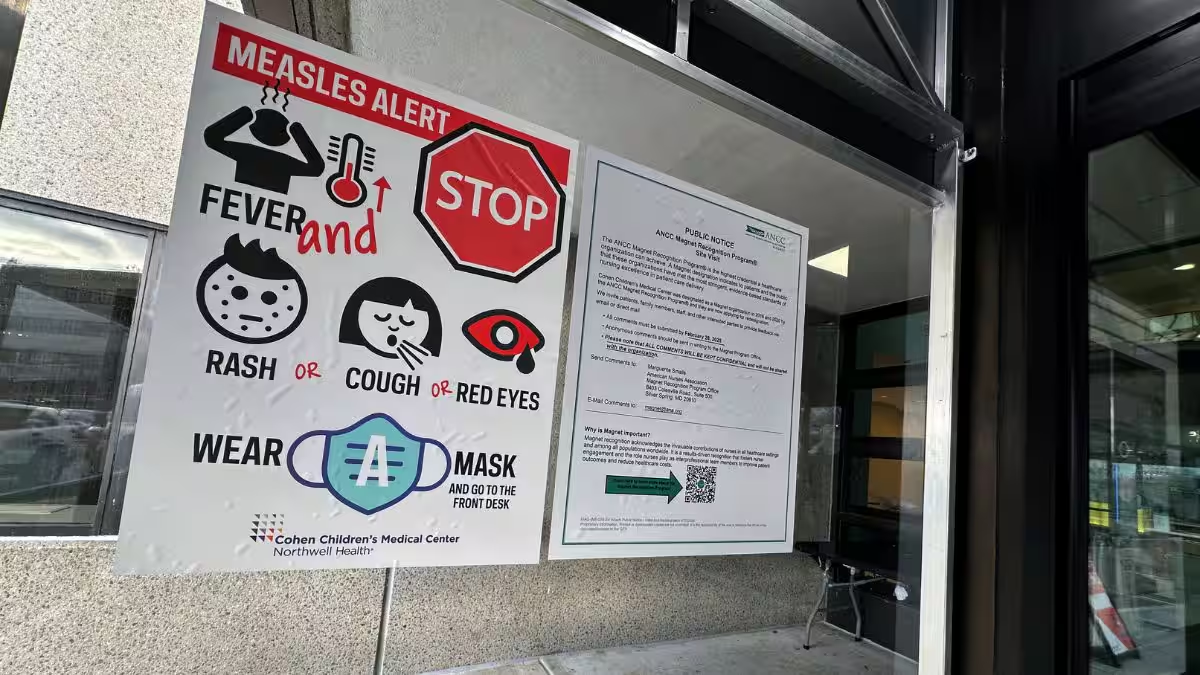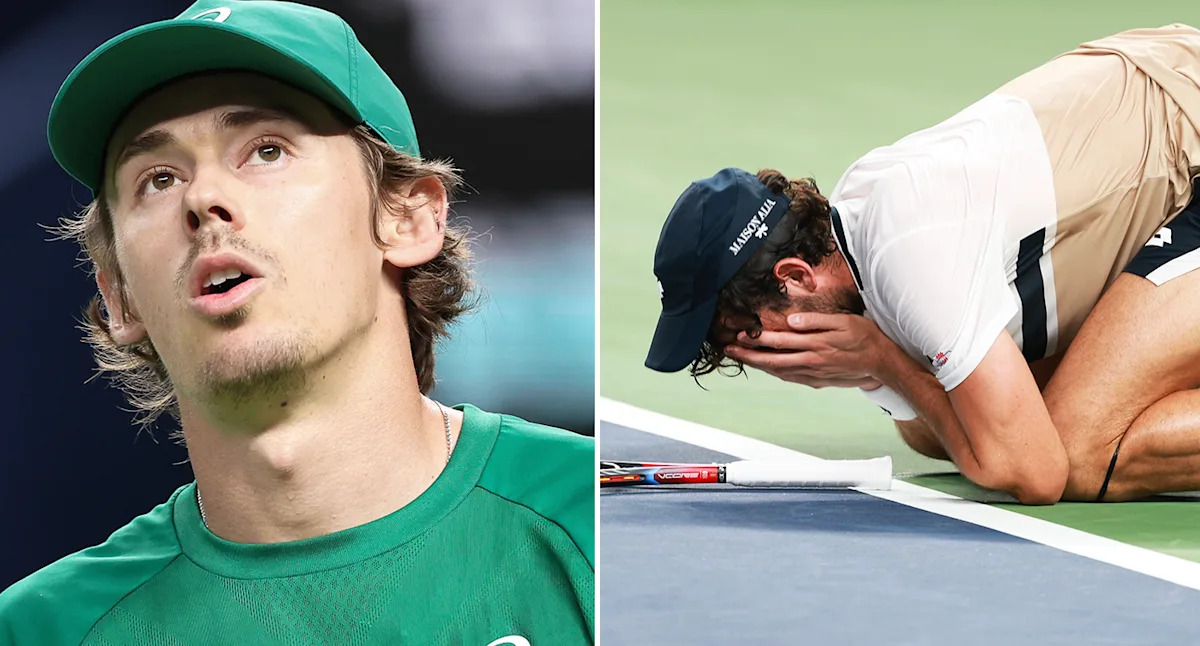The United States men’s national team rallied for a draw in a tense and chippy friendly with Ecuador on Friday, earning a 1-1 result in Austin, Texas.
Folarin Balogun’s equalizer came via a nice team play…

The United States men’s national team rallied for a draw in a tense and chippy friendly with Ecuador on Friday, earning a 1-1 result in Austin, Texas.
Folarin Balogun’s equalizer came via a nice team play…

Qatar will build an Air Force facility at US’ Mountain Home Air Force Base in Idaho, defense secretary Pete Hegseth announced on Friday.Hegseth made the announcement at the Pentagon alongside Qatari Defense Minister Sheikh Saoud bin Abdulrahman…

NEW YORK, Oct. 10, 2025 /PRNewswire/ — Rokid, a pioneer in human-computer interaction and augmented reality, today announced the successful completion of its Kickstarter campaign for Rokid Glasses, raising an…

Hundreds of unvaccinated students have been…

Speech rhythm, a key attribute of natural languages that directly influences the effectiveness and efficiency of communication, is often compromised in people with neurodegenerative diseases such as Amyotrophic Lateral Sclerosis, or…

Liz Hurley has encouraged women to check themselves for breast cancer – and warned some are not because they “are scared that it’s self-indulgent to spend time on themselves”.
The British actress and model, who has been a global…

Liz Hurley has encouraged women to check themselves for breast cancer – and warned some are not because they “are scared that it’s self-indulgent to spend time on themselves”.
The British actress and model, who has been a global…

Alex de Minaur is rueing another missed opportunity against a top opponent, amid a stunning run by a pair of cousins who have re-written the tennis history books. De Minaur has risen to World No.7 on the back of some stellar form in recent weeks,…